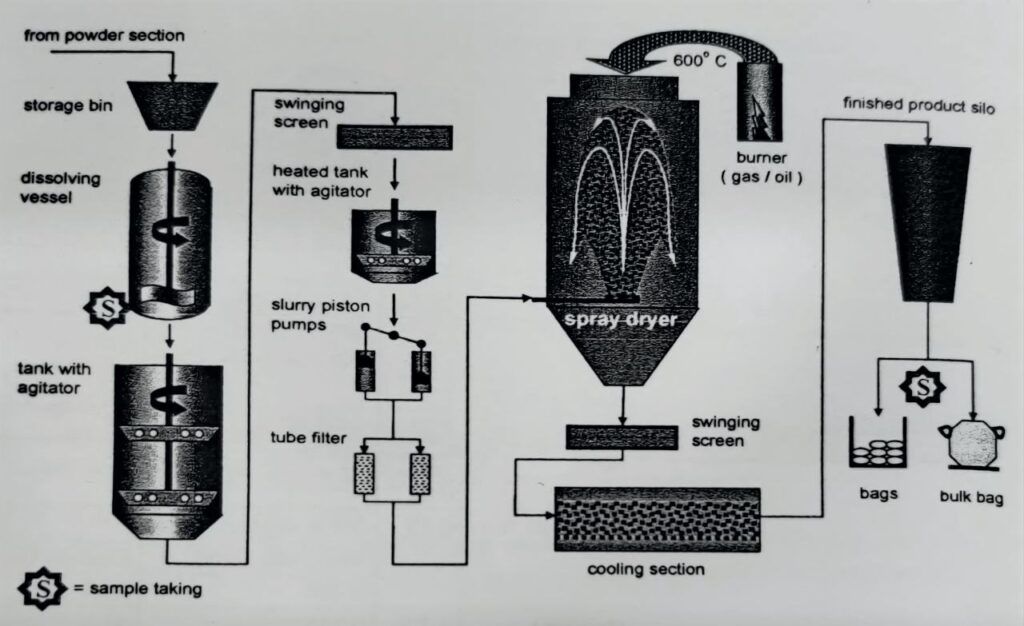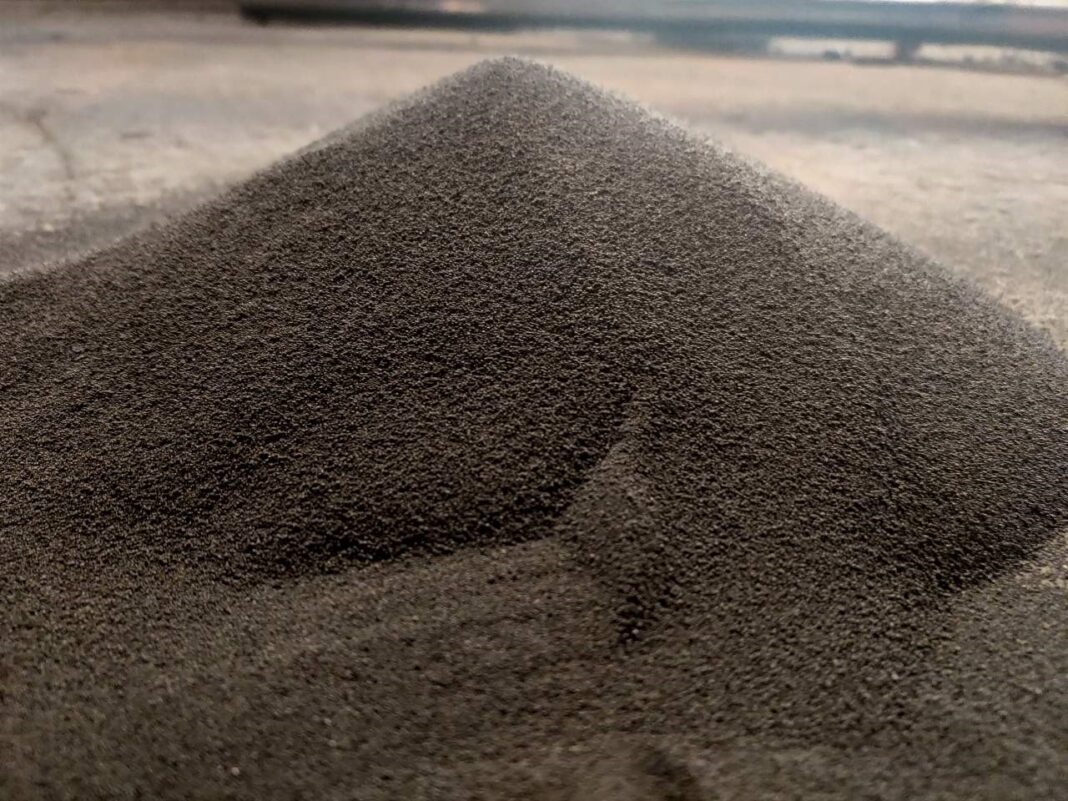Introduction:
Most of the raw materials used in manufacturing of casting powder are open-pit mined minerals and therefore vary in composition form batch to batch.
Mould powder essentially consists oxides of silicon, alkali and alkali earths and fluorides. The building blocks of mould powders is the SiO4 4- tetrahedron which has the capability of creating a three dimensional network. The network is broken down by the addition of cations such as Ca2+, Mg+, Na2+, K+ and Li+. Alumina promotes polymerization of silicate network which contributes to the increase of viscosity whereas fluorine reduces the binding force and the viscosity of the slag.
Older generations of mould fluxes contained Fe203 or FeO which act as fluidisers and wetting agent but these had a cascading effect during casting of Al killed steel owing to the formation of alumina inclusions by the reduction of these oxides. Fly ash was used primarily but later got replaced by other raw materials due to wide variations in composition and higher percentage of iron oxide.
Free carbon are added to control the melting speed of powders. Carbon particles are non wetting to molten slag and thus separate the molten globules and prevent them from agglomerating. Thus, the carbon particles delay the agglomeration of slag droplets However, the effect of carbon can be determined by the amount and the size of the particles. The finer particles will provide more separation than coarser particles and owing to its greater surface to volume ratio undergo more combustion. Minerals and fluxing agents (CaF2 and Na2CO3) are also added along with it.
Production of non granulated powders:
1. A large amount of different size materials arrives to the plant in sizes less than 70 mesh size and selection is done using rigorous chemical analysis.
2. The blending is done in as per the required composition in a mechanical mixer or an air mixer.
3. These are then packed in plastic bags and are dispatched.
Production of granulated powders:
1. Batches of 10 tonne powder are mixed with 4 tons of water.
2. The slurry is then transported to a secondary tank where the binding agent is added. Water glass was used as a binder but later got replaced by organic material like maize starch due to their enhanced melting properties.
3. In a spray dryer, hot air is blown, which is preheated to 600 deg C. The slurry is injected into the hot air through the nozzle which consists of small holes.
4. When the slurry is injected out of the nozzle, a mist of droplets are formed and the droplets dry quickly due to the presence of high heat and convection from hot air resulting in the formation of solid shell of dried material. With continued drying an overpressure is created within the droplets because of the high water content. Finally the granule explodes leaving a hollow granule. The presence of cavity and narrow particle size distribution decreases the density of the particles.

Advantages of Granulated powders
1. Uniform composition resulting in stable process behavior.
2. Environmental friendly due to low dust generation.
3. Better flowability properties makes them suited for use in automatic powder feeding device which leads to superior control of mould pool depth and more uniform homogenous slag infiltration into the mould.




